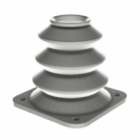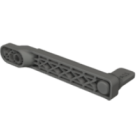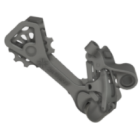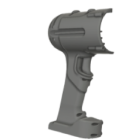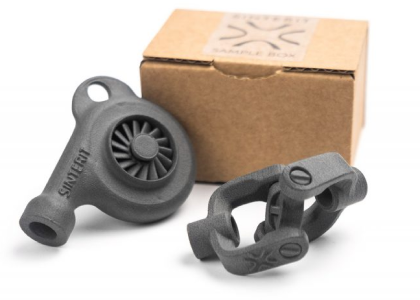How much is 3D printing?
Whether you’re considering buying your first machine or simply outsourcing a few parts, it’s natural to ask: how much is 3D printing? The answer isn’t universal — it depends on what you’re printing, how often, and what technology you’re using. Costs vary significantly between desktop FDM hobby printers and industrial powder-bed fusion systems, and between a simple visual prototype and a high-performance functional part.
What does 3D printing actually cost?
At its core, 3D printing involves three main cost components.
- Hardware (the printer itself)
Entry-level machines can start at under €300, while professional desktop systems typically range from €2,000 to €10,000. Industrial printers — such as SLS, MJF, or DMLS — can easily exceed €50,000 to €250,000, especially when including post-processing equipment.
- Materials
Standard FDM filament like PLA or PETG costs between €20–€40 per kilogram. Engineering-grade filaments (e.g., carbon-filled nylons, PEI) can exceed €100/kg. Resin for SLA prints ranges from €50 to over €200 per liter, while powder for SLS/MJF starts at about €80/kg. The price depends on the mechanical properties, brand, and certification level.
- Operational and overhead costs
These include electricity, consumables (build plates, filters, gloves, IPA), maintenance, software licenses, and labor. While often minimal for small printers, these expenses add up fast in high-throughput or industrial environments.
How much does it cost to get something 3D printed?
If you’re not printing in-house, 3D printing services typically charge based on part volume, material type, geometry complexity, and finishing requirements. A small FDM part might cost €5 – 10, while detailed resin or sintered nylon parts may start at €30 – 50 and climb rapidly for large builds or functional requirements. Additional costs can include design optimization, support removal, surface finishing, or coloring.
This makes 3D printing extremely cost-effective for small batches, prototypes, and customized components — but less so for high-volume, commodity parts.
How expensive is a 3D printer to run?
One of the most common concerns is: do 3D printers cost a lot to run? In general, the answer is no — especially when compared to traditional production tools. Most desktop 3D printers consume about 50 – 250 watts during operation, making their power draw similar to a standard lightbulb or laptop. Material use is also efficient, with little to no waste compared to subtractive methods.
However, running costs scale with machine class. An industrial SLS printer, for example, requires not only expensive powder but also a nitrogen-controlled environment, regular maintenance, and specialized operators. For these systems, operational expenses are higher — but so is the part quality and throughput.
How much is the cheapest 3D printer?
If you’re starting from scratch, the cheapest 3D printers on the consumer market start around €150 – €300. These are typically compact FDM machines with limited precision and reliability but can be useful for learning, prototyping, or printing simple household parts. Expect to invest more — around €500–€1,000 — for consistent quality and a better user experience.
Professional environments typically aim higher, prioritizing reliability, accuracy, material compatibility, and manufacturer support.
Final thoughts on 3D printing costs
So, how much is 3D printing? It can be remarkably affordable — or strategically expensive — depending on your goals. While some 3D printers and materials are costly upfront, the long-term value comes from flexibility, customization, and speed. When used effectively, additive manufacturing offers strong cost control, especially for prototyping, low-volume production, and part consolidation. And with smart planning, even the day-to-day operational costs remain surprisingly manageable.
Explore also
- How to calculate 3D printing cost?
- Factors affecting print cost
- 3D printing: in-house vs outsourcing
- Is 3D printing cost-effective for production and prototyping?
- Is buying a 3D printer worth it in 2025?
- Is 3D printing profitable?
- How to reduce 3D printing cost
- Do 3D printers use a lot of electricity?
Related categories




